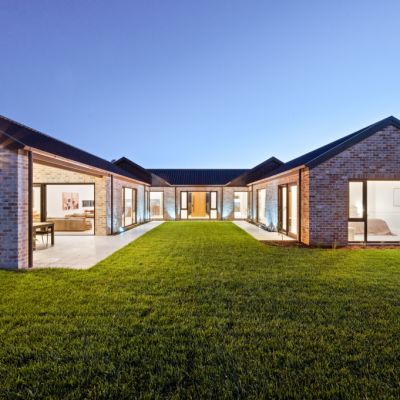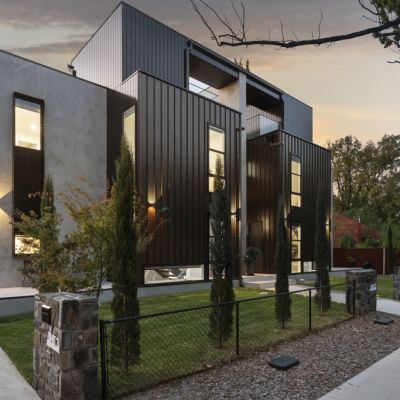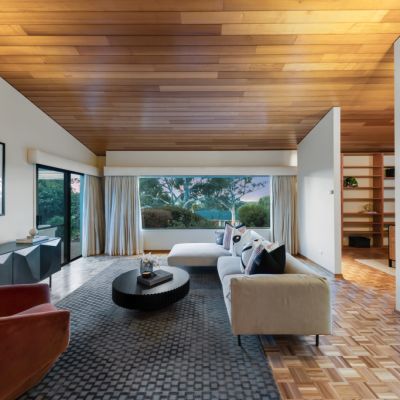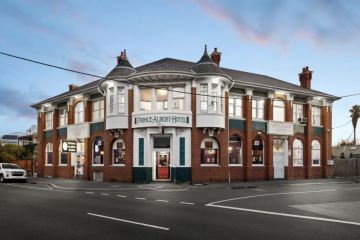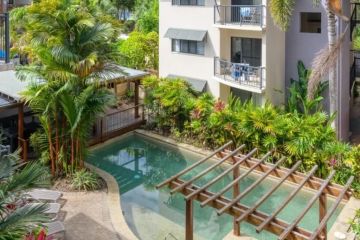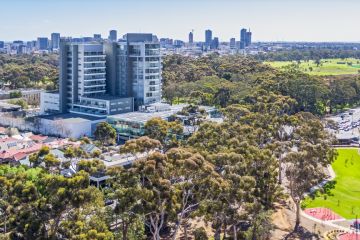Historic Canberra grazing property Uriarra Station hits the market
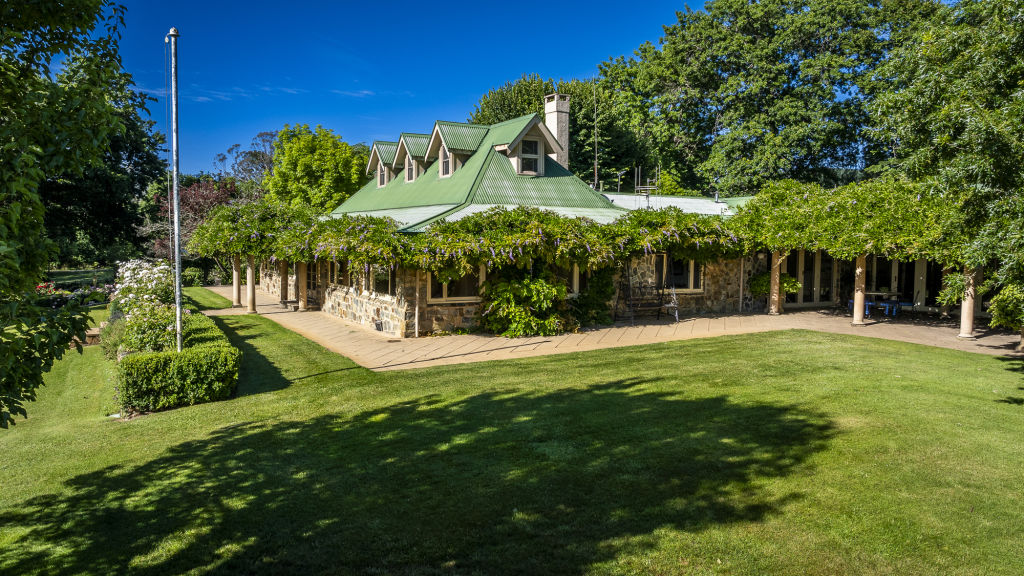
There aren’t many places around Canberra that can claim to have hosted a former US president, but historic Uriarra Station has that privilege.
Richard Nixon – yes, he of Watergate infamy – spent an afternoon on the property watching shearing and wool classing during a visit Down Under in October 1953.
The then US vice-president, on a goodwill tour to Australia, met Prime Minister Robert Menzies in Canberra and also took in the sights of Sydney and Melbourne.
Even then, Uriarra Station was recognised as a showcase of unique settler architecture and as one of the largest and oldest pastoral holdings in the ACT.
Nixon wasn’t the last VIP to visit the big spread, with many more foreign dignitaries taking a close look at this pride of the territory over the years.
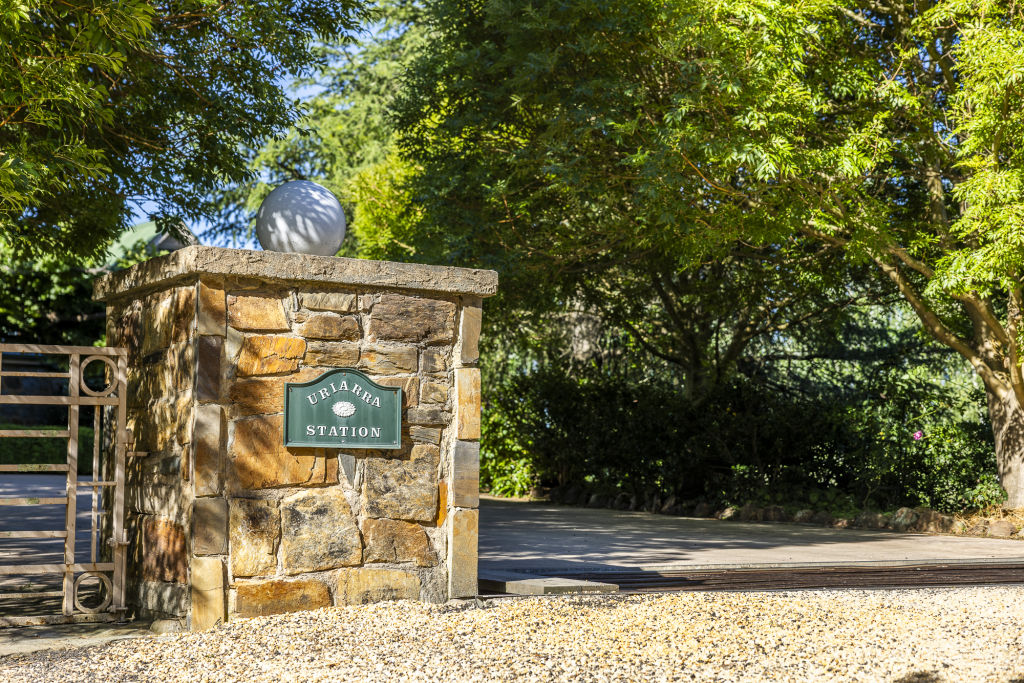
European settlement in the area dates to the 1830s, and “Uriarra” is said to derive from an Aboriginal term meaning either “flat rock” or “running to the feast”, referring to the seasonal gathering of Bogong moths, something of an annual delicacy.
Uriarra Station has now come to the market after some three decades under the custodianship of the current owners.
The property occupies a big spread of nearly 1200 hectares on the western edge of the Murrumbidgee River corridor – yet it’s less than 30 kilometres from the Canberra CBD.
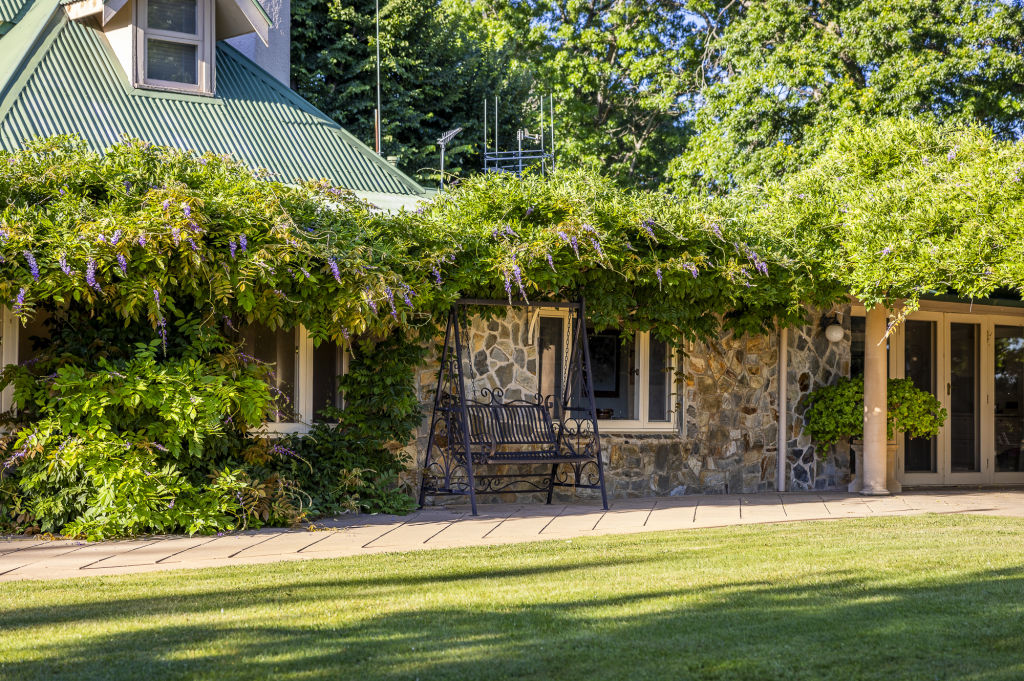
Rawdon Briggs of Colliers says Uriarra Station is in a location that would be hard to beat.
“It really is something very special. You’ve got the nearby river, the Brindabella vistas and just this enormous spread of land,” he says.
“It’s incredible – the best of both worlds – a country feel, yet all the advantages of Canberra are an easy drive away.”
The heart of Uriarra Station is its stunning 1860s graciously renovated stone homestead, characterised by a series of dormer windows and softened by overspilling foliage from surrounding trees.
It’s charmingly nestled in a Federation-style garden setting with glorious views over a 4.7-hectare private lake. Just the spot for a gentle row and a picnic.
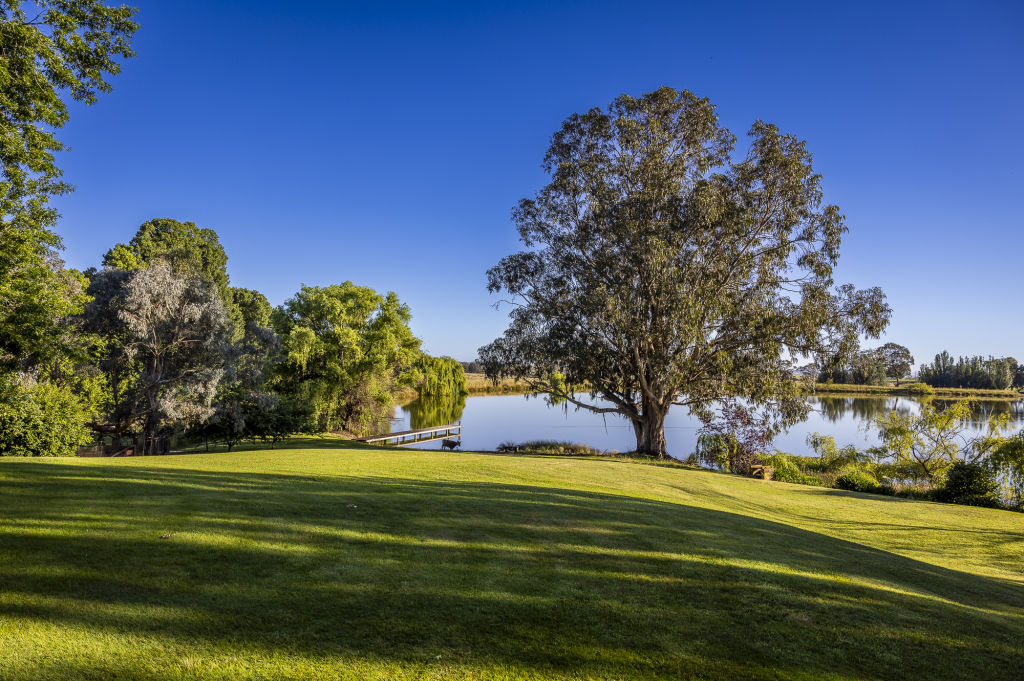
Inside, the home is packed with character features while offering all the modern lifestyle conveniences.
Grand proportions are a hallmark of the formal lounge and dining room, as well as the updated kitchen, meals, and family spaces.
There’s plenty of room in the main-bedroom suite and minor bedrooms. Extras include a sunroom and gallery.
Further accommodation includes a four-bedroom manager’s house and a two-bedroom cottage.
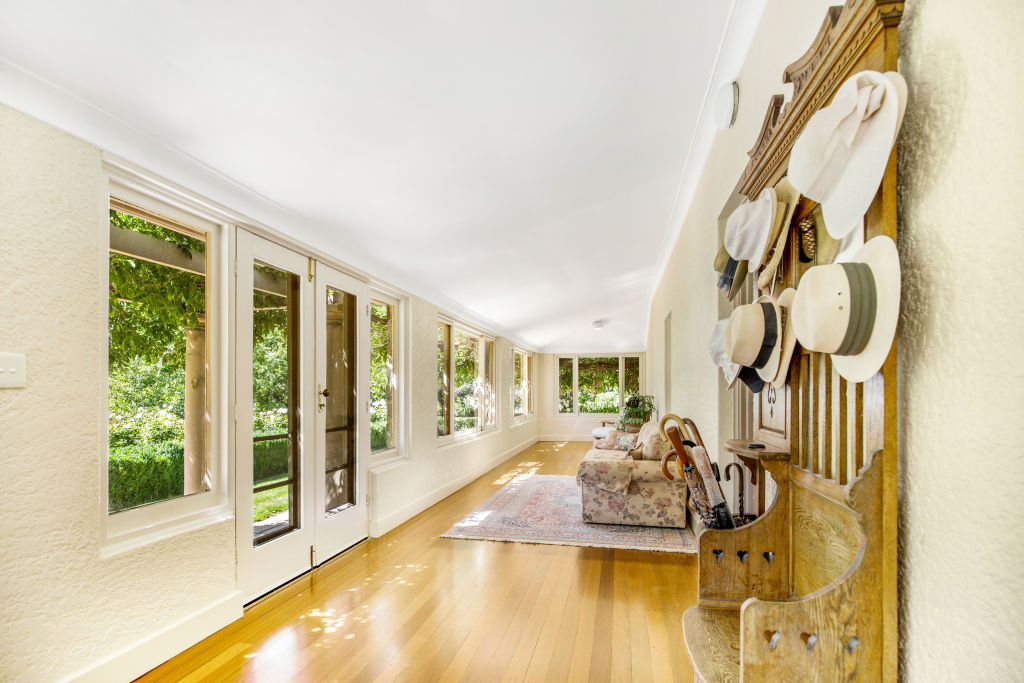
Uriarra Station is spread across 36 paddocks and runs as a premium grazing operation, carrying about 10,000 sheep.
Briggs says that aspect is under external management, providing a sustainable income.
“A buyer with a family could enjoy the lifestyle on offer without the need to come to grips with the agribusiness side,” he says. “That’s a strong part of the appeal and has certainly resonated with the interest we’ve had as far away as the UK and from expats considering a return to Australia.”
Infrastructure includes a four-stand woolshed with steel sheep yards, steel cattle yards, a four-bay machinery shed/workshop with three-phase power and bitumen sealed road access to the property.
Average annual rainfall of more than 700 millimetres fills a diverse range of watering points, including springs, creek systems, dams and water troughs.
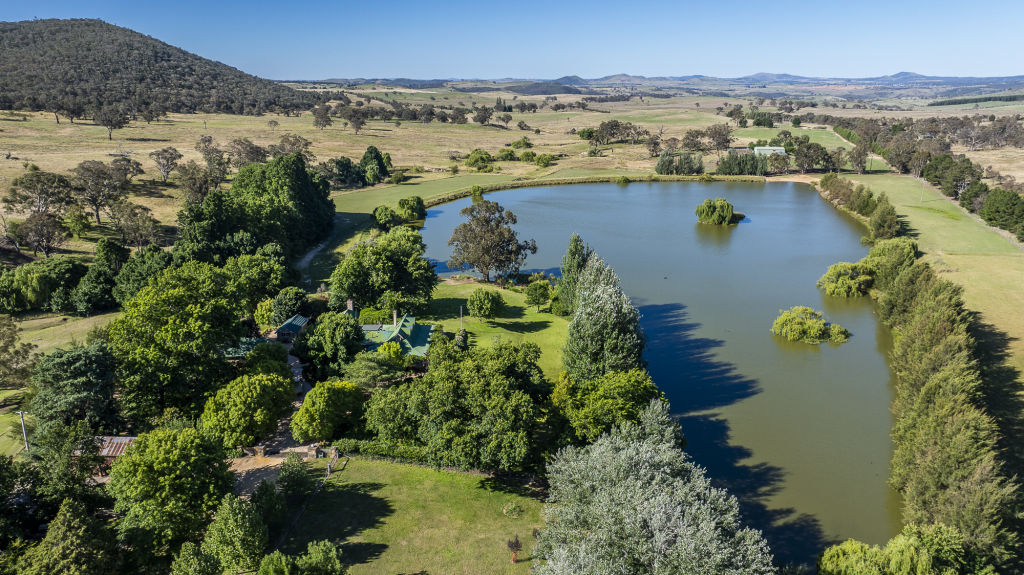
Briggs says Uriarra Station represents an unrivalled opportunity to acquire a landmark asset with plenty of potential income upside.
“Aside from families, it will likely appeal to high-net-worth individuals, property syndicates and land bankers,” he says.
“Further opportunities could include short-term rental of the homestead and other accommodation, farm stays and options like Hipcamp – for unique location camping.”
We recommend
We thought you might like
States
Capital Cities
Capital Cities - Rentals
Popular Areas
Allhomes
More
